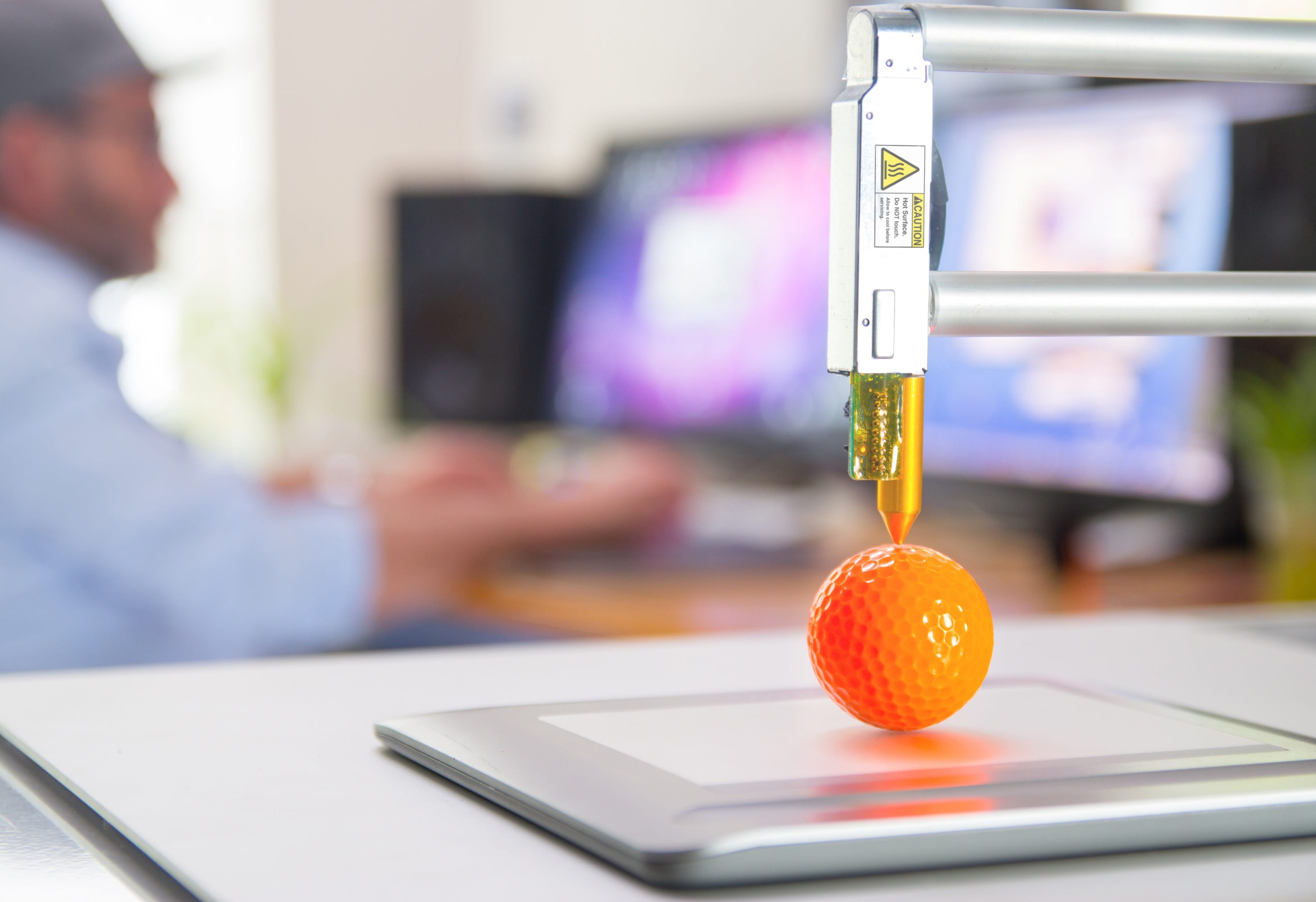I admit it, the first time I heard about 3D printing field service parts, I thought back to the 3D printer I once saw which took hours to print a bottle opener. It was cool, but not practical.
But, as technology goes, 3D printing has become faster and more efficient and seems to be continuing on that trajectory, which makes it a potentially very interesting technology for field service. There are even reports of 3D printed parts already being used in machines as complex as fighter jets.
Here’s a story. It’s fictitious, but nothing in this story can’t be done today. Yes, perhaps it’s not efficient yet, and perhaps the costs are still too high, but as we know, these are two barriers that technology have never failed to conquer…
Max is a technician for a company the produces farming equipment. His customers are rural and not easy to get to. A second trip out to a customer site means an entire day, a lot of gas and usually a pretty angry customer that’s not making money as long as the equipment is down.
Max gets to his first customer of the day. This customer has a giant tiller with a mechanical arm that won’t function. Max spends about an hour diagnosing the issue and realizes that he’s going to need a part.
Max goes back to his van, but his van doesn’t look like most technicians’ vans. He has a lot of tools, but no parts. No trunk stock. None. There’s a device in there, though, that connects to his iPad. It’s a 3D printer. He logs into his service system and finds the part he needs. With a click, the 3D printer is busy building that specific part. A few minutes later, he pulls out the brand new part. Installs it, tests the robotic arm and the farmer is back up and running.
When put into context, it certainly doesn’t sound as futuristic as the term “3D printing” makes it seem. In fact, the only real barriers now, as I mentioned, are cost and time, both of which will undoubtedly be non-factors in the future.
3D printing is real, and it’s almost here in field service. But it’s not just about the 3D printer, it’s about integrating that hardware into your service process and technology system to make it seamless, fast and ultimately, drive more efficiency for your organization.



Share this: